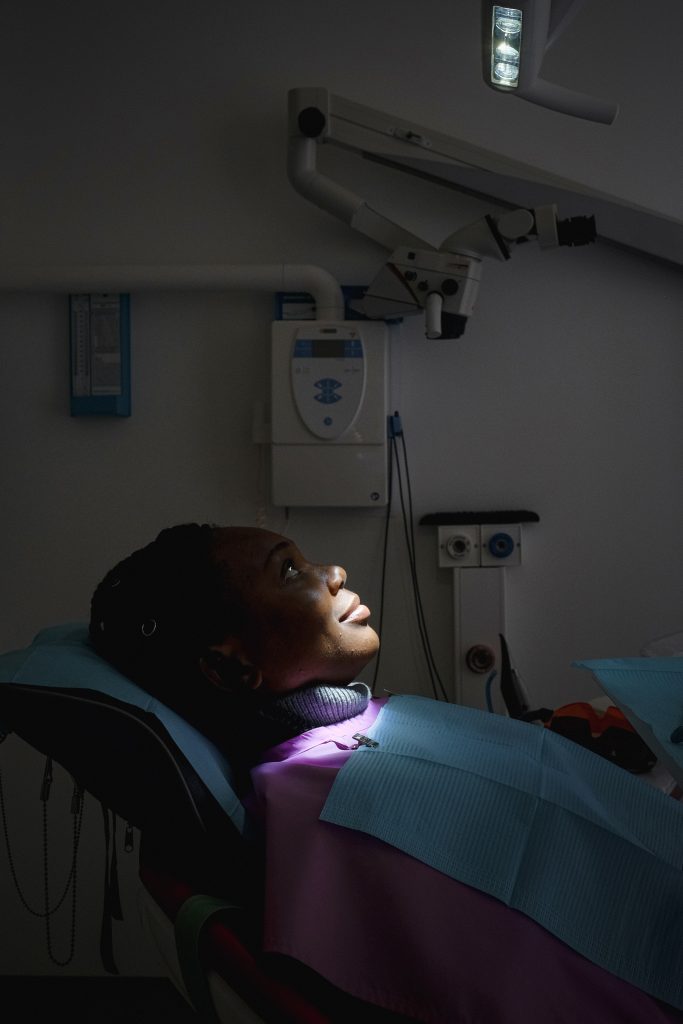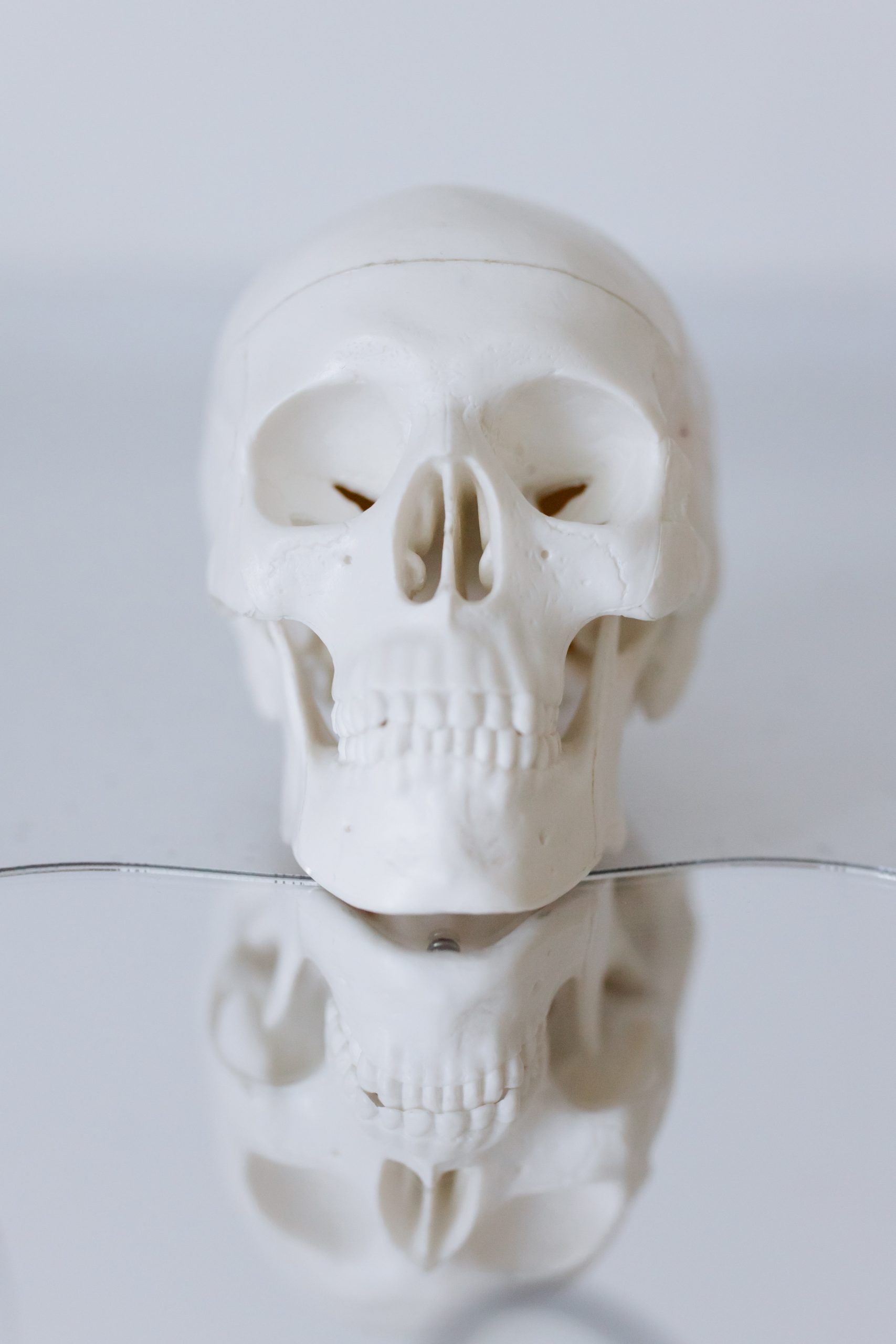To allow patients to regain a superb smile, it is possible to consider the placement of bands in different situations:
- Overlapping of certain teeth,
- Poor positioning of teeth or jaw.
These orthodontic techniques are particularly popular
Concretely, this system of rings connects the teeth to make them move smoothly to a specific location according to the patient’s needs. To obtain such a result, each ring is connected to another using a semi-rigid wire. Elastics are also regularly placed to connect the fasteners when necessary, in particular, to accelerate the movement of the teeth concerned. It is then necessary to go regularly to the orthodontic office during the treatment to tighten the teeth together.
The duration of treatment varies depending on the goals to be achieved. In some cases, it is necessary to leave the braces on the patient’s teeth for only 6 months. In other cases, treatment can last for two years. In any case, this technique is now widely proven for perfect results once the duration of the treatment is respected.
Gutters: The Invisalign Method
Braces are not always the solution considered by the patient. Indeed, adults prefer a more discreet solution. In this case, it is then necessary to turn to other devices
And there are several, including that of invisible orthodontics.
These aligners are removable to be cleaned properly throughout the treatment by the patient. As the positions of the teeth are modified, the orthodontist changes the aligners to adapt them to the new positions. This invisible orthodontics is now highly appreciated by adults who want to have a beautiful smile without having to wear conventional braces or not.
Finally, in addition to being aesthetic, this Invisalign solution is also particularly comfortable for the patient. Gutters are much more pleasant on the mouth than conventional braces. They cause less irritation and friction, sometimes experienced with a conventional system.
There are also orthodontic appliances particularly
Effective self-ligating variants. They offer new solutions to obtain the same result as that sought with conventional rings.
With conventional braces, ligatures are placed on the braces to gradually tighten the teeth and get them to move to position themselves correctly.
- Thus, three parts are present at the device level:
- The attachment placed on each tooth concerned,
- The semi-rigid wire passes through each of the tooth brackets to exert a certain pressure.
- A ligature or rubber band that reinforces the pressure exerted to optimize the movement of the teeth.

These ligatures may cause uncomfortable sensations for the patient during treatment. Indeed, some complain of a feeling of friction or of food debris that comes to rest between the wire and the tooth. It is then necessary to check after each meal the condition of the rings so as not to be embarrassed by his smile.
With the solution of the self-ligating device, these unpleasant sensations become non-existent. Indeed, specific boxes do away with traditional ligatures. This comfortable solution is also more aesthetic and more hygienic for the patient concerned. The frequency of visits to the orthodontist may also become less frequent.
Clinical Examinations
The extraoral examination reveals a symmetrical face and equality of the stages. There is no neuromuscular or retroarticular pathology. The smile is predominantly gingivodental in the presence of an anterior open bite associated with a closure in the sagittal plane of the nation-labial angle. The intraoral examination highlights edentulousness (posterior bilateral edentulousness) with the absence of 15 and 25 as well as of all the molars.
Therapeutic solutions To achieve these functional and aesthetic objectives, an end-of-treatment set-up is made allowing the quantification of the orthodontic dental displacements necessary to restore normotension and resolve mandibular crowding without incisal vestibulo version. This set-up guides the position of the future implants by previewing the future prosthetic crowns at 15, 16, 25, 26, 36, and 46. It was decided in a collegial manner and in agreement with the patient to restore the posterior setting in 6 without replacing the second molar.


